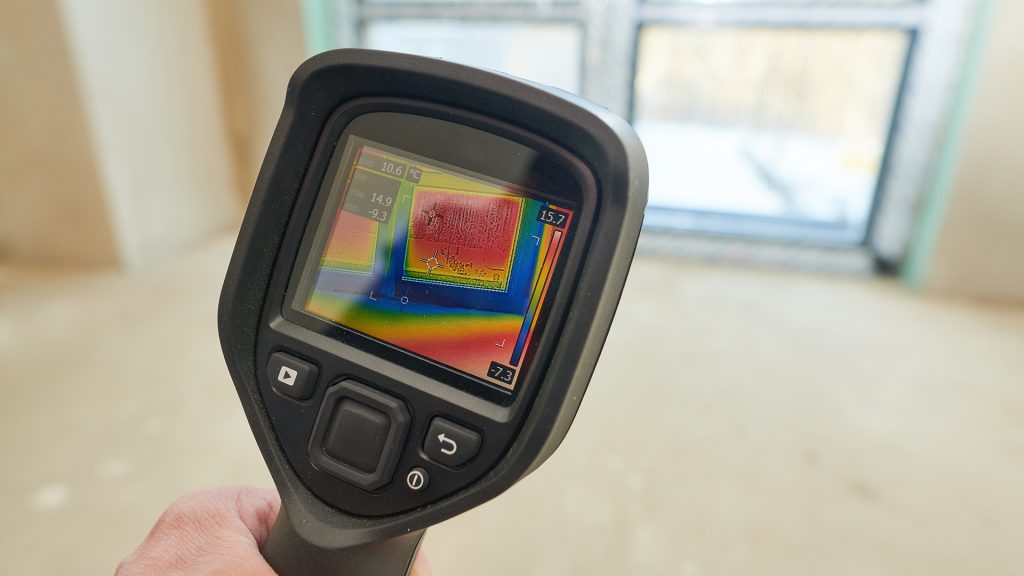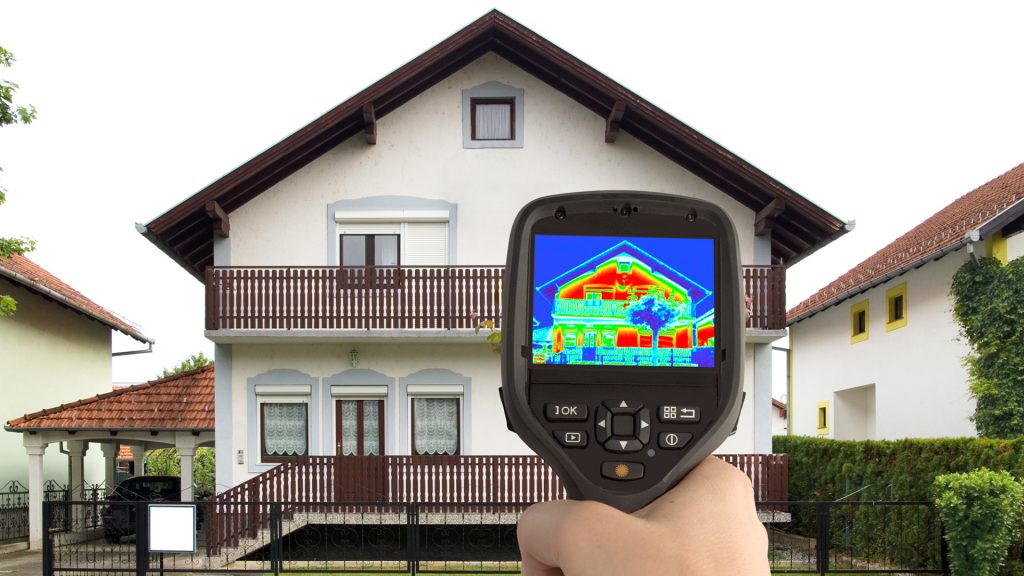
As the United States seeks to stabilize energy prices and enhance energy security, energy efficiency and conservation remain one of the most effective tools to help meet consumers’ expanding energy needs while maintaining reasonable prices.
The Energy Information Administration (EIA) projects that overall energy consumption in the U.S. will increase over the next 30 years as population and economic growth outpace energy efficiency gains.

Consumers, such as working-class families and small businesses, not only form the backbone of the U.S. economy, they are also the most sensitive to changes in energy prices. Energy efficiency and conservation produce significant cost savings for consumers and make American businesses more competitive globally, highlighting another important meaning of “sustainability”.
Although the Energy Information Administration (EIA) projects that overall energy consumption will continue to grow through 2050, energy use per capita will decrease due to advancements in energy efficiency technologies, efficiency practices by the electric power sector, expanded use of fuel-efficient vehicles, and additional changes in consuming behavior.
Several advancements in energy efficiency technologies have provided direct benefits in the form of cost savings for American families and small businesses.
One of the most well-known energy efficiency programs, ENERGY STAR, is a successful public-private partnership that encourages technological advancements in appliances by identifying and branding energy efficient appliances, building materials, and homes for consumers.
Since 1992, the program has saved families and businesses $500 billion in energy costs while reducing greenhouse gas emissions by 4 billion metric tons.
Consumer behavior also contributes to cost savings for American families and small businesses. Changing the way one drives, for example, can lower gas mileage by 15 to 30 percent (highway speeds) and 10 to 40 percent (stop-and-go traffic). Residential and commercial consumers alike can conserve energy and lower energy bills simply by turning off lights when leaving a room. Installing energy efficient technology and programmed lighting control, thermostats, and occupancy sensors that turn off lights when spaces are unoccupied are also common means to conserving energy and lowering costs for American families and businesses.
